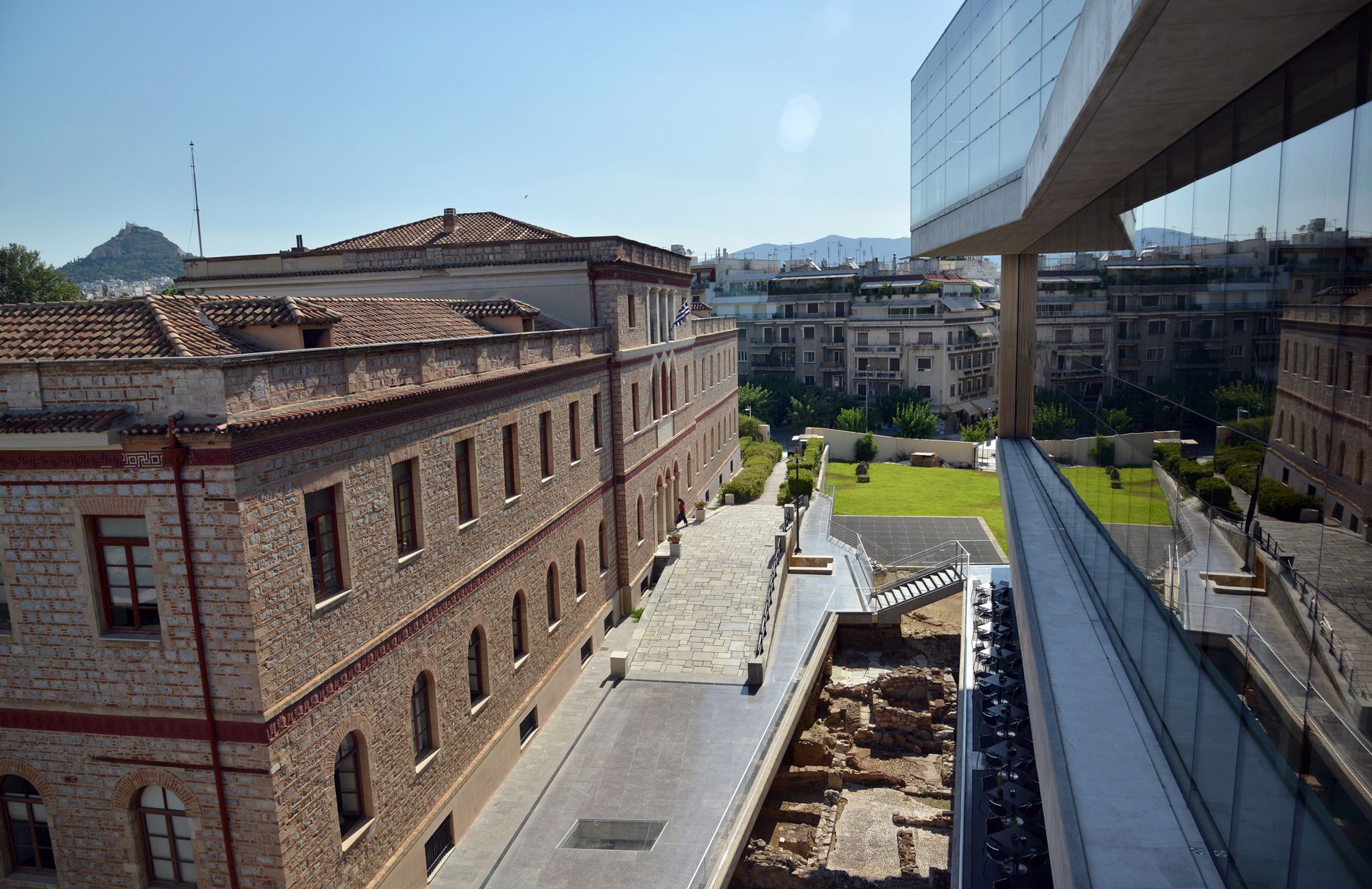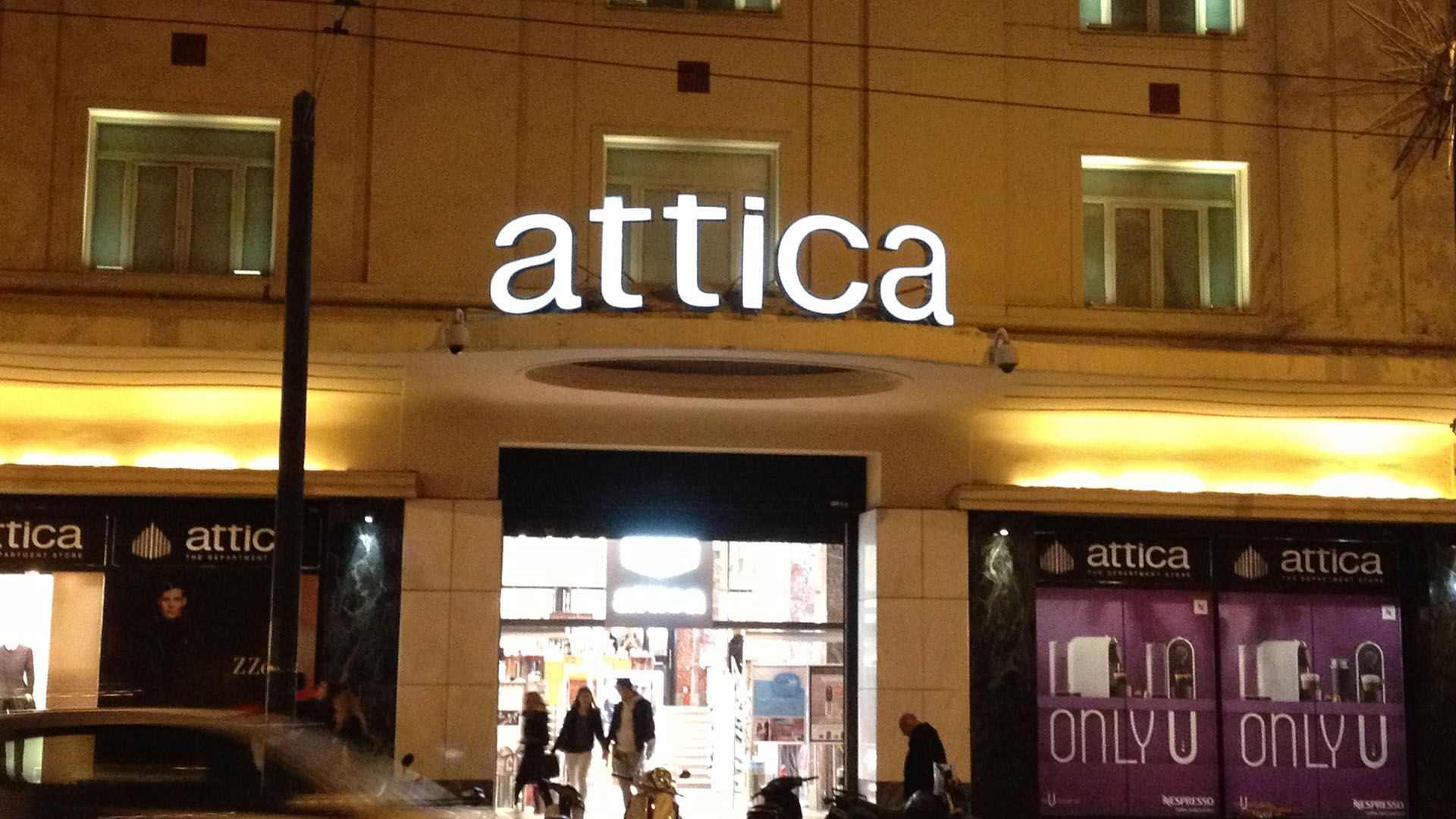Athens City Hall – Kotzia Square
Athens City Hall – Kotzia Square
The impressive City Hall building stands proudly in the center of Athens, facing Kotzia Square. The imposing building of the old City Hall on Athinas Street was decided, designed and constructed during the years 1871-1874 under the mayoralty of Panagis Kyriakou. The plans and study of the building were done by the architect Panagiotis Kalkos.
Initially, the building was two-storey with a tiled roof and a Doric style propylon, and it had an aesthetic and architectural style of strict neoclassicism. During the 20th century, several interventions were made, both during the mayoralty of Spiros Merkouris (1901) and during the mayoralties of Konstantinos Kotzias and Ambrosios Plytas (1935-1937). It was then that a third floor was added, and extensive interventions were made to the exterior decoration of the building. Inside, it is decorated with excellent works by renowned Greek painters. Based on a Ministerial Decision, it has been classified as a historical preservable monument. Firstly, because it is an important building for the study of the history of the architectural and urban development of the city and secondly because it constitutes a characteristic reference point in the lives of the residents of Athens.
Kotzia Square, officially known as “National Resistance Square”, is the square opposite the Athens City Hall that is surrounded by the neoclassical buildings of the National Bank and the Mela Hall. The Municipal Market of Athens (1878) is also nearby. It owes its name to the Mayor of Athens, Konstantinos Kotzias (1934-1936 and 1951). The square was built in 1874 as Loudovikos Square. Plans for the construction of an underground parking space under the square led to a wide-ranging effort of preventive archaeological excavations after 1985, which uncovered important findings dating back to the ancient period: remains of an ancient road, a number of burial monuments, building foundations and the Themistoclean Wall.












